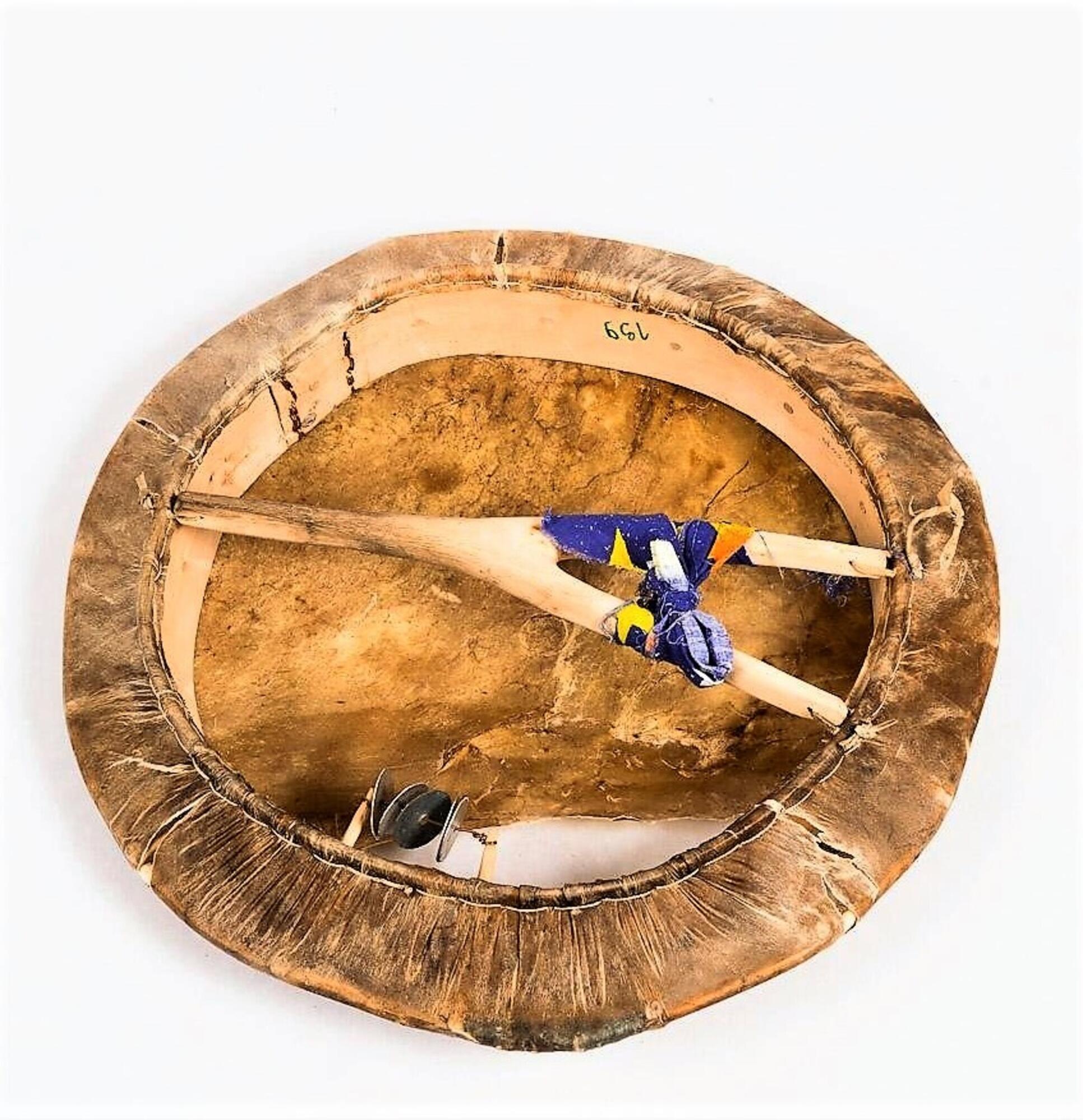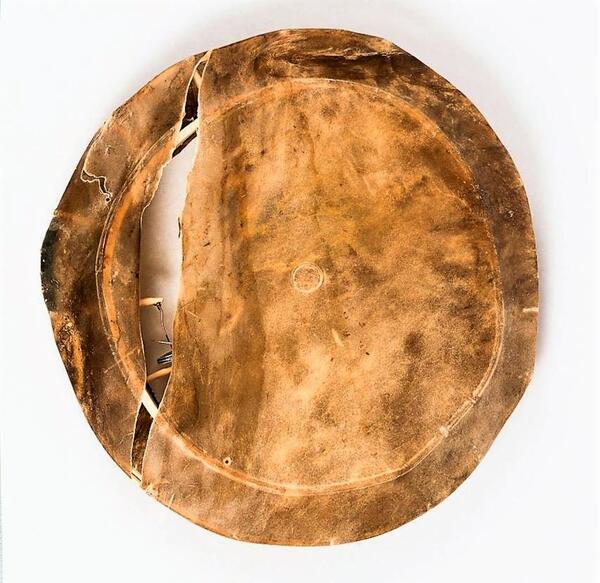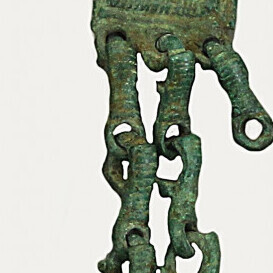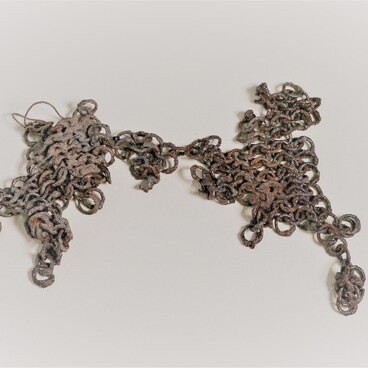Shamanism is one of the oldest forms of religion. It is based on belief in the existence of spirits and that all nature subjects are alive. The term presumably derives from the Tungus word “saman”, which means “excited, ecstatic person”.
The central character of shamanism is a shaman. He is a mediator between the human and spirit worlds. Communication with spirits (kamlaniye) is performed in a state of trance. Many researchers of the Ob-Ugrians' religious views agree that faith in God is important for them but not dominant because the Gods are rarely addressed. The Ugrians believe that the spirit world is closer — the spirits act as a link between gods and people.
There is no religion without cult attributes, and shamanism is no exception. A shaman’s main instrument is a tambourine. It is a kind of a material guide, it helps its owner to go into an altered state of consciousness and summon spirits. In the Khanty culture, the tambourine is represented as a bird, reindeer, or even a boat, on which a soul moves between worlds.
A shaman’s tambourine is considered a rare item in museums and often presented in a single copy, unlike many everyday objects. The tambourine appeared in the Museum of the Ob River collection in 2009 — it was donated by Faina Kisayeva.
The tambourine consists of a leather membrane and a wooden rim. The Northern peoples used moose or reindeer skin as a membrane. When fitting, they made sure that the wet skin was not too stretched: it was believed that it should sag a little when the tool was horizontal. When the membrane dried out, it stretched. Later, the membrane tension on the ready-made tambourine was easily regulated: the instrument was brought to the fire. The shaman’s tambourines of the Ob-Ugrians don’t have drawings on the cover, but they are found among the neighboring peoples.
On the inside of a tambourine, a handle is usually attached in the form of a natural tree fork or two fixed sticks. An auxiliary instrument for a shaman’s tambourine is a wooden elongated stick. The Museum of the Ob River displays the Khanty stick covered with deer fur.
The central character of shamanism is a shaman. He is a mediator between the human and spirit worlds. Communication with spirits (kamlaniye) is performed in a state of trance. Many researchers of the Ob-Ugrians' religious views agree that faith in God is important for them but not dominant because the Gods are rarely addressed. The Ugrians believe that the spirit world is closer — the spirits act as a link between gods and people.
There is no religion without cult attributes, and shamanism is no exception. A shaman’s main instrument is a tambourine. It is a kind of a material guide, it helps its owner to go into an altered state of consciousness and summon spirits. In the Khanty culture, the tambourine is represented as a bird, reindeer, or even a boat, on which a soul moves between worlds.
A shaman’s tambourine is considered a rare item in museums and often presented in a single copy, unlike many everyday objects. The tambourine appeared in the Museum of the Ob River collection in 2009 — it was donated by Faina Kisayeva.
The tambourine consists of a leather membrane and a wooden rim. The Northern peoples used moose or reindeer skin as a membrane. When fitting, they made sure that the wet skin was not too stretched: it was believed that it should sag a little when the tool was horizontal. When the membrane dried out, it stretched. Later, the membrane tension on the ready-made tambourine was easily regulated: the instrument was brought to the fire. The shaman’s tambourines of the Ob-Ugrians don’t have drawings on the cover, but they are found among the neighboring peoples.
On the inside of a tambourine, a handle is usually attached in the form of a natural tree fork or two fixed sticks. An auxiliary instrument for a shaman’s tambourine is a wooden elongated stick. The Museum of the Ob River displays the Khanty stick covered with deer fur.



